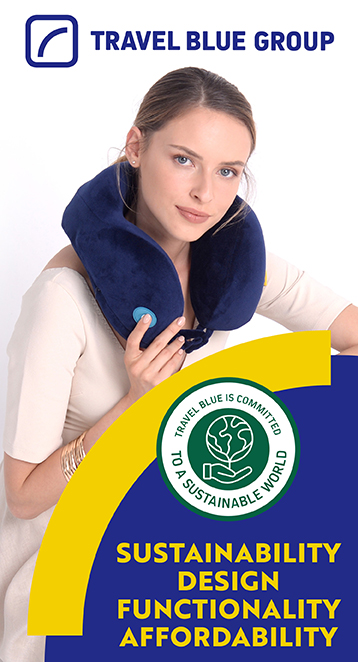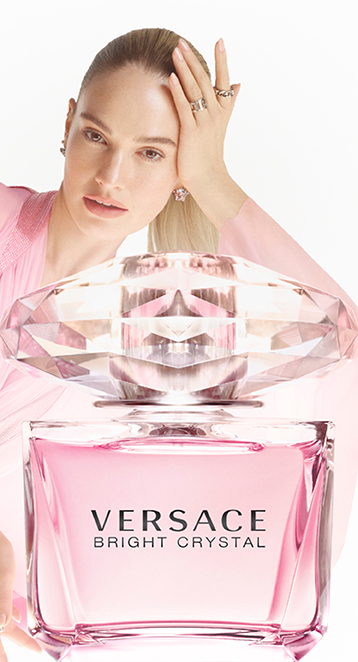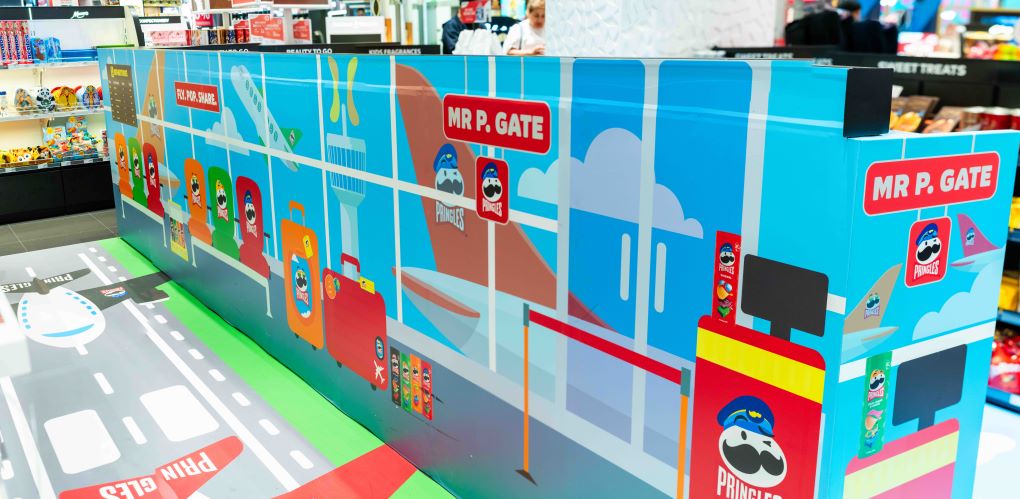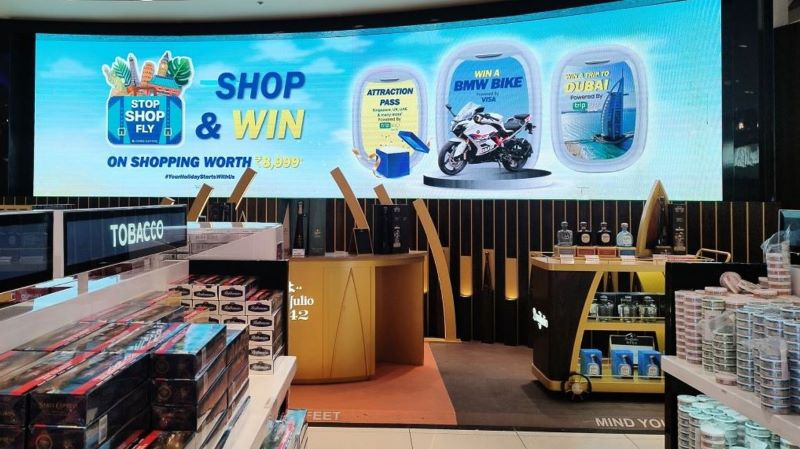 CHINA. Yaok Institute* has released its much-anticipated 2022 China Luxury Report.
CHINA. Yaok Institute* has released its much-anticipated 2022 China Luxury Report.
The 13th consecutive annual study reveals a slowdown in domestic luxury consumption in 2022, a projected strong resurgence in 2023 and some compelling insights into new consumer trends.
Dr. Zhou Ting, principal researcher of the report and Dean of Yaok Institute, said high-end consumption (with luxury goods as the core) is the main driving force for stimulating domestic demand in China.

In 2022, the global luxury market continued to rebound, surging 17% year-on-year to RMB2,545 billion (US$370 billion). Based on the full-year financial report, the average market size has improved by more than 30% compared to the 2019 pre-pandemic level.
In contrast, the Chinese luxury market (i.e. at home and abroad) eased by -4% year-on-year in 2022, reaching RMB956 billion (US$138.3 billion). It still, however, contributed a 38% share of the global luxury market, with the Chinese remaining “the most important force in global luxury consumption.”
Domestic sales of luxury goods within China saw negative growth of -15% in 2022, the first time in the country. This was due to prolonged pandemic-related closures and other factors affecting consumer confidence. The domestic luxury market reached US$79.9 billion (RMB547.5 billion) during the year, compared to US$93.3 billion (RMB644.1 billion) in 2021.

Chinese domestic consumption slipped to 57% of total spending, with 43% of high-net-worth consumers shopping for luxury goods outside the country.
Yaok said the pandemic had affected consumers shopping abroad but had not hit the spending of proxy buyers and Chinese living abroad. Nor had it impacted Chinese consumers spending on luxury goods through various offshore platforms.
As a result, the Chinese domestic channel’s share of the global luxury sector dropped to 22%, giving up the country’s position as the world’s largest luxury consumption market, the research firm said.
Yaok Insight: In 2023, Chinese outbound shopping will gradually recover, but it will not be particularly obvious. With domestic and foreign luxury consumption picking up in both directions, the ratio of domestic to foreign Chinese luxury consumption will remain at around 6:4 in 2023, with domestic luxury consumption still outstripping that of overseas.
Further increase in brand concentration
Three years into the pandemic, Yaok observed a continued increase in brand concentration “with the strongest getting stronger and the weakest getting weaker becoming the dominant theme”.
In particular, LVMH Group is expected to continue to outperform the global market in the future and grow share. It recorded global sales of US$83.8 billion (RMB578.6 billion) in 2022, accounting for 23% of worldwide luxury sales.
The scale effect will continue to deliver channel, communication and supply chain advantages to LVMH, Yaok said.
Other top brands such as Hermès and Chanel have also seen growth rates exceeding the industry average and have gradually increased their global luxury market share.
The study also indicates that the pandemic marked a turning point for luxury consumption. Consumption upgrade was “against the odds” the core driving force in the sector.
With more people relying on online media during the last three years, Yaok said that consumers worldwide had more time to understand and access various lifestyle information, which made them more accepting of luxury consumption.
“The headier the luxury brand, the more obvious its attribute of bringing its own traffic; the easier it is to be covered and spread by various new media; and the easier it is to obtain the lifestyle education dividend,” the report found.
Diversification and personalisation
Yaok noted that “diversification and popularisation” as key to the increase in market share for the top luxury brands. They have further penetrated other category markets through diversification and mass appeal strategies, and have continued to capture the market for downstream brands. This resulted in lesser luxury brands struggling to survive, or even to sustain themselves.
During the pandemic, about 22% of global high-end niche and designer brands went out of business and over 70% of brands struggled to survive.
Yaok insight: The trend of brand bipolarisation further develops, with many brands experiencing brand premiumisation or popularisation. The traditional luxury camp will see a trend of bipolarisation, with more intense competition between the top luxury brands and many luxury brands dropping out of the sector.
Surging online luxury consumption
China’s online retail channel continued to grow strongly in 2022 as a result of border closures which impacted logistics and prompted a drift from offline to online spending.
The country saw a 31% jump in online sales of international luxury brands, reaching US$31.8 billion (RMB 220 billion) during the year.
Luxury brands’ share of online transactions in China hit a record-breaking 40%, amid a 31% decline in offline transactions in the country.
The report said that a full online presence was a common strategy for international luxury brands in China in 2022. Brand websites, WeChat mini-programs, ecommerce platforms and Tiktok had all become a must, it said. Tiktok-based content operations, mini-programs-based event planning, and social software-based circle marketing were the three main highlights of international luxury brands’ online business.
Cross-border sales of luxury goods have remained a key growth area of the online luxury business, the report said. Online platforms helped several international high-end niche brands enter the domestic luxury market in 2022, injecting a lot of energy into the sector.
Yaok predicts that in the next three to five years, these high-end niche brands will contribute more than 10% of market sales, with the total number of brands expected to exceed 2,000.
Yaok Insight: The ‘One City per Boutique One Network Policy’ will become the core strategy for luxury brands to open stores in China.
Many high-end niche brands, especially customised brands, will completely abandon the offline shop model. Instead, ‘Online + experience stores’ will become the mainstream luxury retail model. Shared experience centres will become the new highlight of high-end commercial real estate in China in 2023.
Three out of a thousand Chinese buy 82% of luxury goods
China registered around 5 million high-end consumers with a net worth of US$1.4 million (RMB10 million) or more in 2022, just over three thousandths of the population but contributing 82% of luxury consumption.
At the same time, the consumption and services around this group contributed to the total retail sales of social consumer goods of around US$1.6 trillion (RMB11 trillion), accounting for around a quarter of the total.
The Chinese consumer market is currently concentrated in four consumer tiers:
- The high-end consumer’s consumption upgrade
- The high-end consumer’s lifestyle necessity
- The mass consumer’s consumption upgrade
- The mass consumer’s lifestyle necessity
The first two markets are the main markets encountered by luxury brands. The way luxury brands previously leveraged their mass strategy to grow their performance by serving more customers was challenged during the pandemic. Instead, brands began to rely on the high-end consumer again. “The luxury market has changed from an incremental market to a stock market in China,” Yaok said.
Yaok Insight: In the future, mass consumption will be subject to more management and regulation by the government, and big platforms will gradually give way to the people and become social welfare protection tools. High-end consumption will become the largest or even the only source of profit for many industries, and high-end consumption will contribute more than 95% of profits for many industries in China.
Going upmarket and striving to become a luxury brand, especially at the top end, is the primary choice for China’s top brands in all sectors of consumer and service. The future downgrading of international luxury brands in the Chinese market will leave many Chinese brands in the lurch.
 *Footnote: Yaok Institute, part of Yaok Group, is China’s leading high-end lifestyle research and advisory organisation. It serves as a professional luxury industry academic voice and professional business for the high-end consumer market for market surveys, industry research, strategic consultation, big data enquiries and data product services.
*Footnote: Yaok Institute, part of Yaok Group, is China’s leading high-end lifestyle research and advisory organisation. It serves as a professional luxury industry academic voice and professional business for the high-end consumer market for market surveys, industry research, strategic consultation, big data enquiries and data product services.
Yaok Institute claims to have China’s top team in the high-end consumer industry and core founders who are all senior experts in China’s lifestyle industry.











